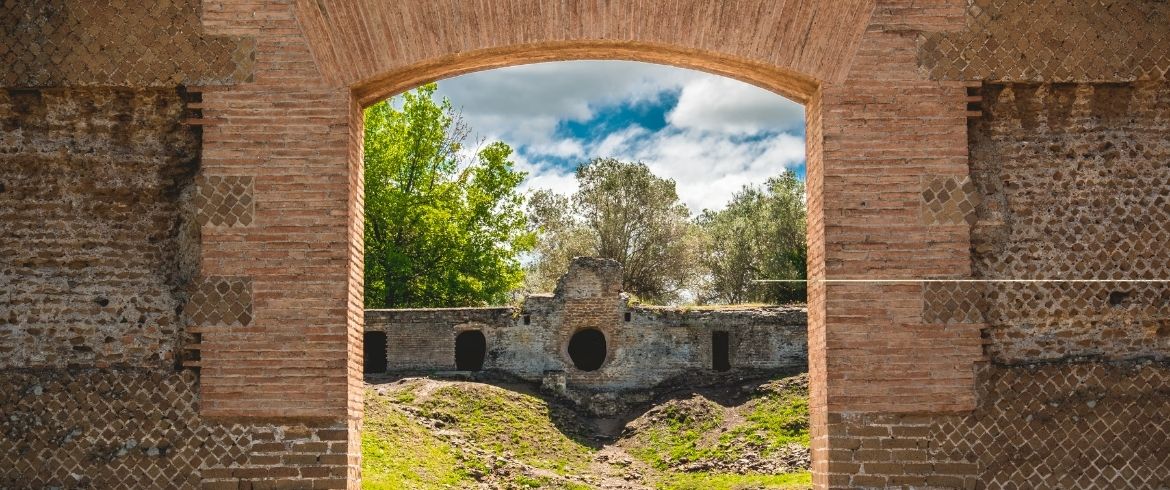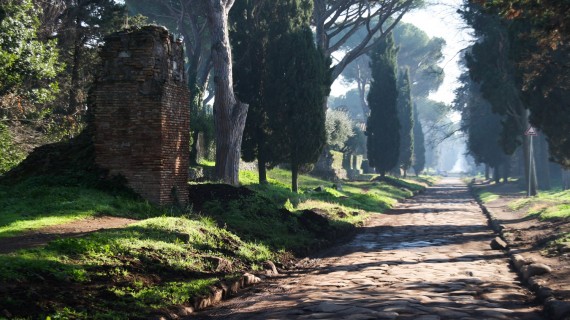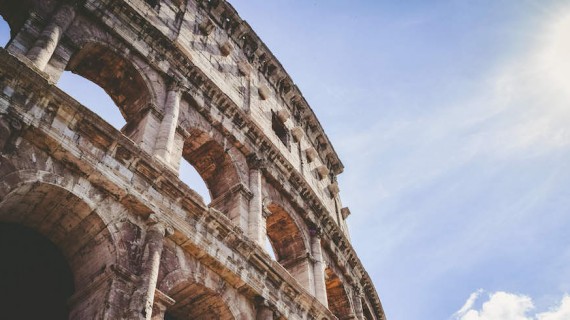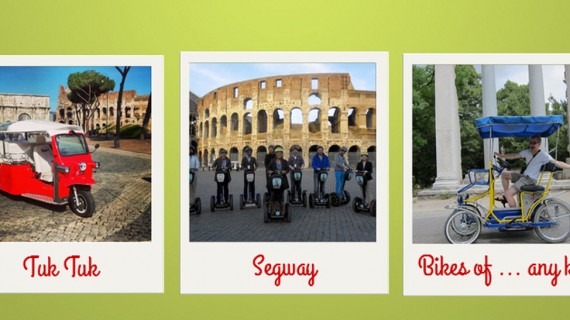Artistically wonderful, mysterious, and underground. Let’s discover some of the most secrets places in Rome.
During the last two decades, except this unfortunate year, Rome has suffered from over-tourism. Every single day of the year, without distinction between on- and off-season, tourists have swarmed the city. The most iconic places, such as the Colosseum and Vatican Museums, have been literally invaded by people who had as their main goal to shop and take selfies.
Is Rome really only these three or four main monuments? Or is it also something unusual, something that can be artistically emotional and extraordinary?
Sometimes, Rome is defined as a “huge lasagna”. It is sure a funny description, but it hides a wonderful truth. Rome has several underground layers, which are waiting for adventurous people to discover their art and archaeology.
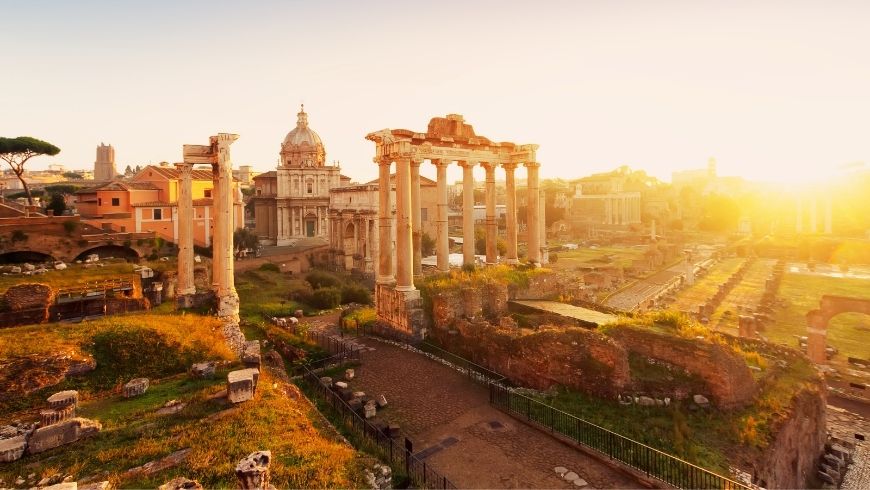
Here are some of the most enchanting subterranean places in Rome. We are going not only to show their features but also to explain how a sustainable form of tourism should work. The role of a Guide is to accompany the visitor both in the more famous and the more secret and mysterious spots in Rome.
So, the invisible comes visible, a magic trick available to everyone.
The Catacombs of Rome
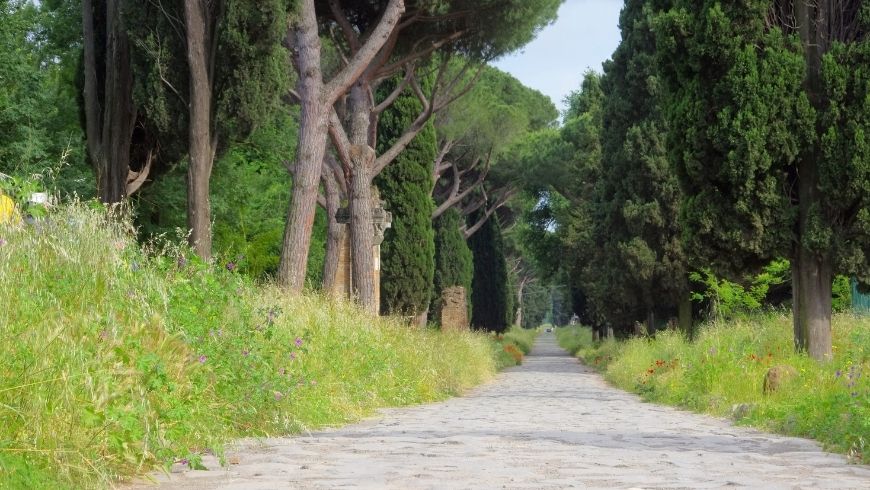
The southern Rome area, between Via Appia and Via Ardeatina, is full of catacombs. Visiting them is for sure a unique experience.
The underground of Rome presents about 40 different catacombs, which reach a total length of over 150 km.
Unfortunately, not all the catacombs of Rome can be visited. Among the others, at least two are worthy of mention: San Callisto catacombs and San Sebastiano catacombs.
San Callisto Catacombs
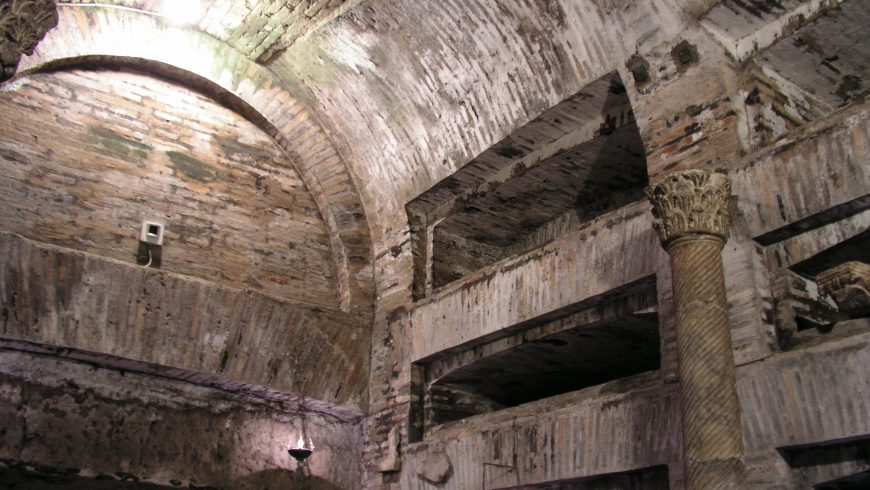
San Callisto catacombs have a great historical value: they include the graves of 16 Popes and unmeasurable Christian martyrs. Our advice is to choose them first. They are undoubtedly the most important from a theological point of view. In them, you can find the so-called Crypt of the Popes, in which 8 Popes have been buried.
San Sebastiano Catacombs

On the other hand, San Sebastiano catacombs are artistically more relevant. It’s not just frescos and stuccos in the burial recess, the main work is located in the Basilica Superiore. We are talking about Salvator Mundi, maybe the last piece from the artist Gian Lorenzo Bernini. About this work, the artist wrote to have sculpted it “only for devotion to him”.
Visiting the catacombs means not only to obtain a personal cultural enrichment but also to undergo a strong emotional and sensorial impact. You will feel like an ancient Christian, who walks through these dark corridors to strengthen their own faith.
Underground Trastevere
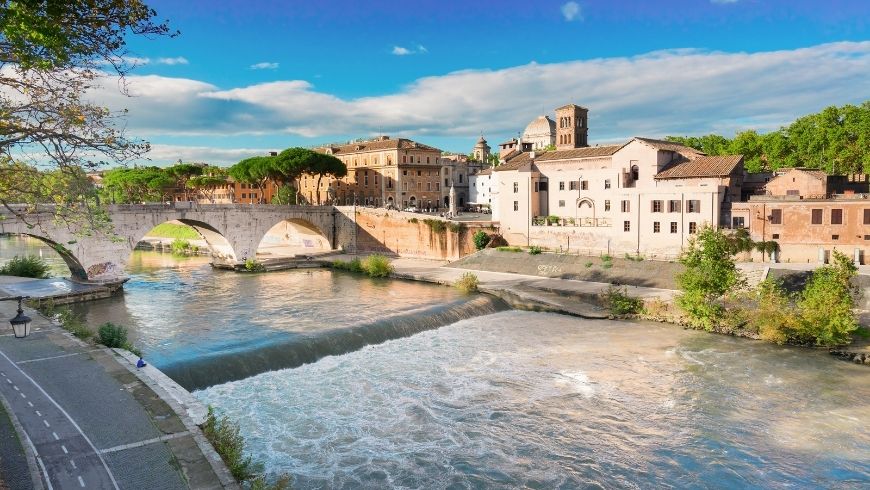
Trastevere is a district of Rome, which is usually visited at lunch or dinner time by tourists. In contrast with this trend, Trastevere offers the chance to visit two of the most evocative underground buildings of the whole Italian capital.
Underground of San Crisogono Curch
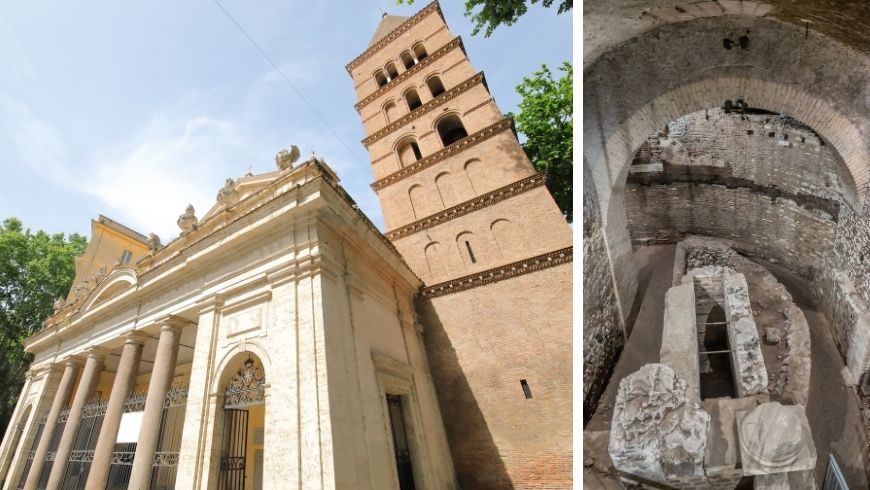
San Crisogono church has a unique treasure under itself: the original church from the V century. In fact, Cardinal Scipione Borghese ordered a restoration of the medieval church during the XVII century. From the iron stairs of the church, it is possible to go underground and visit the original church. 8 meters under the street, the old structure is still enjoyable and for the sake of art, also Saints frescos and pictures haven’t been damaged.
The underground of Santa Cecilia Church
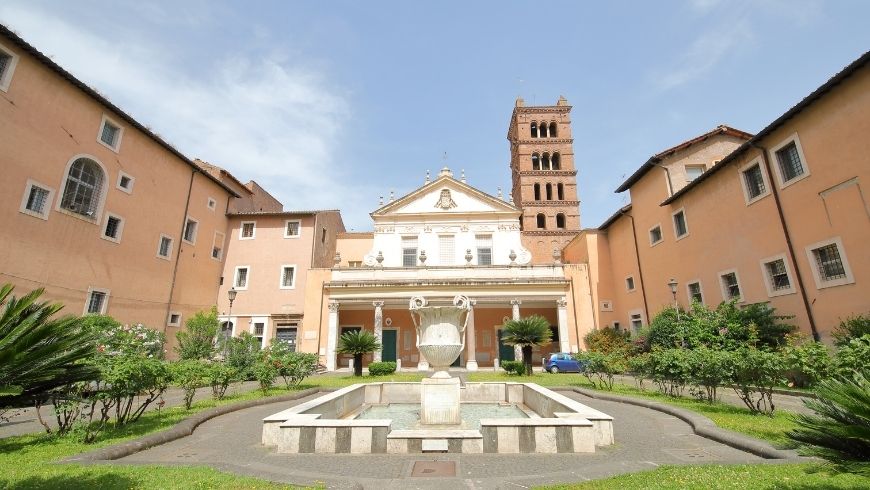
The experience of visiting the underground of Santa Cecilia Church is even more extraordinary.
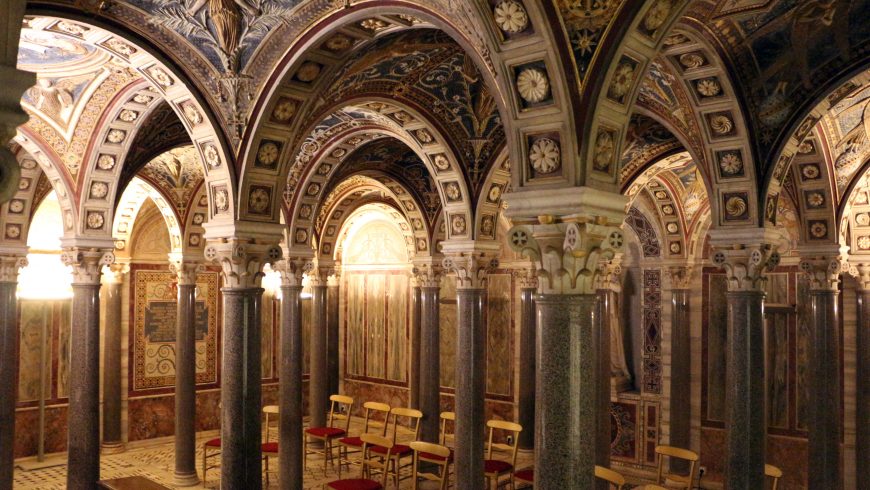
Under the church, you can find a twine of ancient structures, such as a noble Domus and a popular Insula. Moreover, it is possible to acknowledge the tales of Saint Cecilia and to discover the astonishing crypt. The crypt was restored at the beginning of the 20th century by the architect Giovenale with an Art Nouveau style, which is a uniqueness of Rome’s area.
San Clemente Church
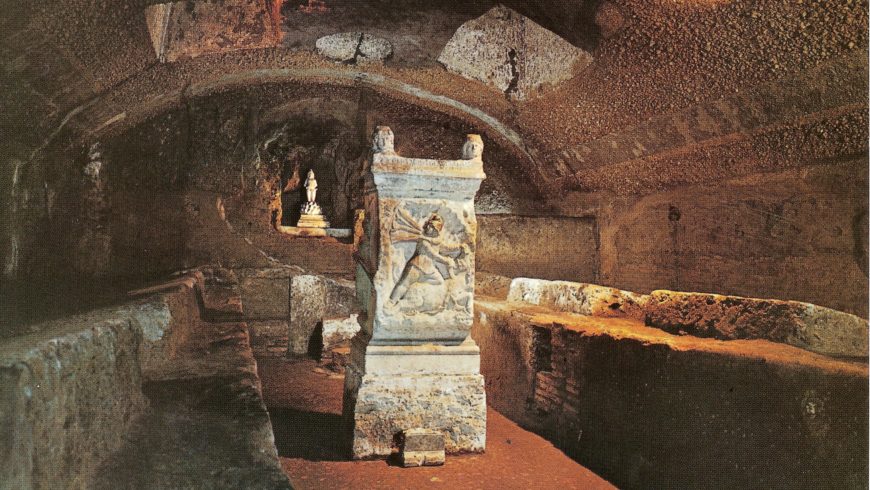
San Clemente Church is probably the most shining gem of Rome’s underground.
We are dealing with an Indiana Jones-like adventure, that makes you go deep down under Rome and makes you travel back in time. You can see the early Christian church, with all its incredible frescoes, the medieval church, an ancient Mitreo, and an old imperial structure. This is considered by many scientists to be the old Mint of Rome, which was rebuilt after the great fire of the 80 A.D.
What is under San Clemente is really unexpected and can be a real present for yourself. It is not allowed to take pictures, so you have to sharpen your attention and your senses to feel the greatness of the site. In the whole of Rome, there is no such place other than this, that can show so clearly the unbelievable structural stratification of the Capital.
Technology and Underground
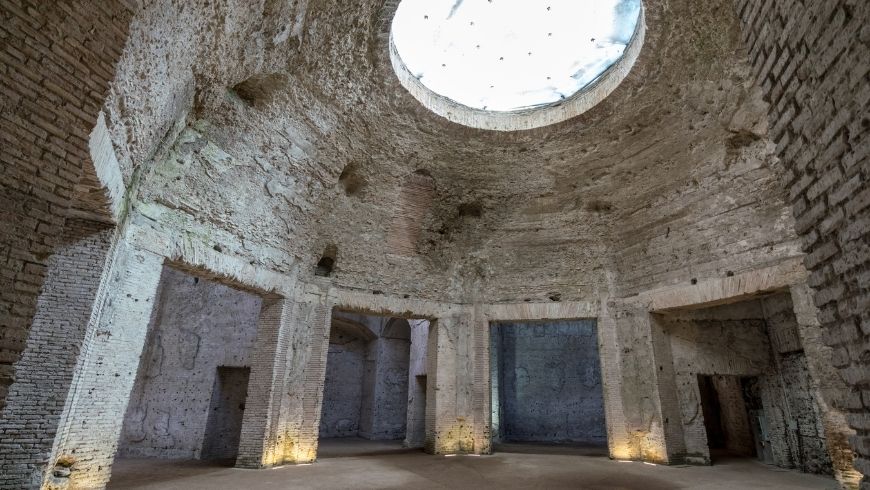
The historical value of some sites in Rome is difficult to comprehend for non-expert visitors. These archaeological sites seem often just remains and ruin of old buildings that do not resemble the old and magnificent Roman structures.
In this regard, thanks to the enhancement in the technology field, it is now possible to admire some virtual reconstructions of these sites.
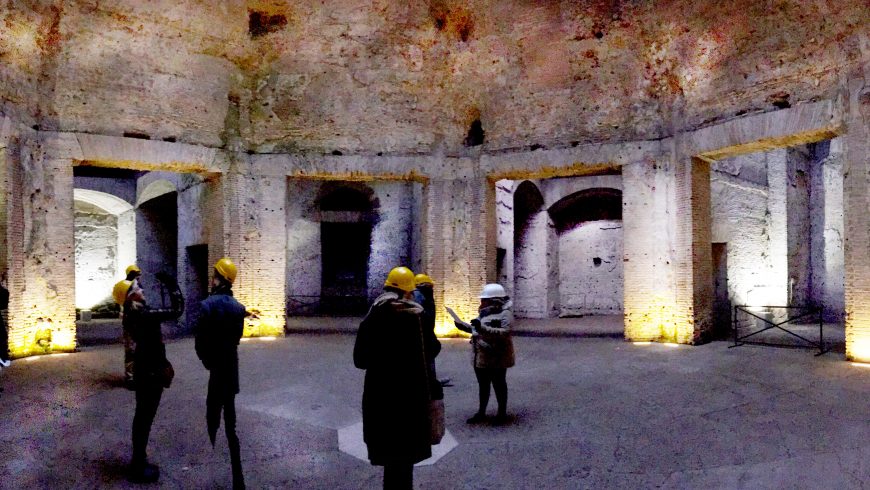
The two most iconic examples of this symbiosis between archaeology and technology are the Roman Domus in Palazzo Valentini and the Domus Aurea. Thanks to multimedia projectors and individual headsets everyone can admire the enchanting virtual reconstructions of these buildings. Both children and adults can experience the feeling of walking on the old floor, between the majestic walls, and under those ancient lights.
The subterranean Rome comes virtually alive as if the time has never flown away.
